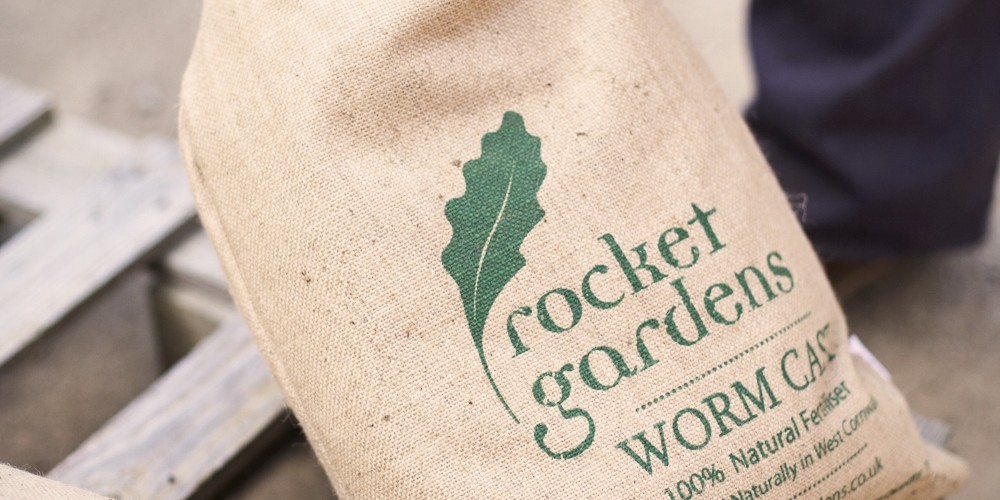You may have seen the phrase “feed the soil, not the plants” in many gardening books and website. It carries a lot of weight, and in this article we explain why and how to feed your soil ahead of (and during) the growing season.
Soil structure and nutrition is essential for healthy crops. Plants require depth for their roots, good aeration, access to nutrients and water – and all these things come from the soil. Better soil really does mean better crops. What we’re all aspiring to is promoting a healthy ecosystem in the soil (which in turn promotes better structure and nutrients) so that plants can really thrive.
Doing one very simple little thing will make all the difference…add plenty of organic matter. You can either dig it in or just spread a layer over the surface. The latter is the no-dig approach, which more closely replicates the way nature replenishes and feeds the soil, but at greater speed! Either way, what you’re doing is adding organic matter that will, as worms, beetles and other soil-dwellers get to work, improve drainage, aerate the soil and add lots of nutrients. All this benefits whichever plants you choose to grow.
Any of the below organic matter will be perfect, and you can mix and match…
- Homemade compost – this is the ideal if you have space to get your own compost system going at home.
- Good quality bought compost – preferably organic and either peat-free or from a renewable peat source.
- Well-rotted manure – if you can find a friendly farmer you can usually get hold of this cheaply. Make sure it has rotted down well for at least 18 months though.
- Leaf mould – again, make sure it has rotted down well for 12-18 months. It’s an excellent source of nutrients.
- Decomposed wood chip – if you know a tree surgeon, they’ll probably be happy to give you some wood chips. Let them break down in a pile for a year or two and you’ll have lovely crumbly compost for your garden.
- Wormcast fertiliser – this is unbelievably rich soil food. It breaks down slowly releasing nutrients over time and is probably the most natural form of fertiliser you can find. Rather than digging it in or adding it to the surface of a bed, we’d recommend adding a generous pinch to two to the hole as you plant each seedling.
Depending on the quality of your soil at the moment, you may need to add a little more or less organic matter. If you have heavy, clay soil, for example, you might want to add a bit more than if you have a fairly loamy soil. If you haven’t tended much to your soil in the past or if you are starting new beds from scratch, then try to add a good 10-12cm layer of compost if you can. In subsequent seasons, or if your soil is in fairly good condition already, then a 5cm layer should suffice.
You can do this anytime between now and early spring. You should only need to do it once a year, but if you do want to add a little more in early autumn as well, then that would also be beneficial.

